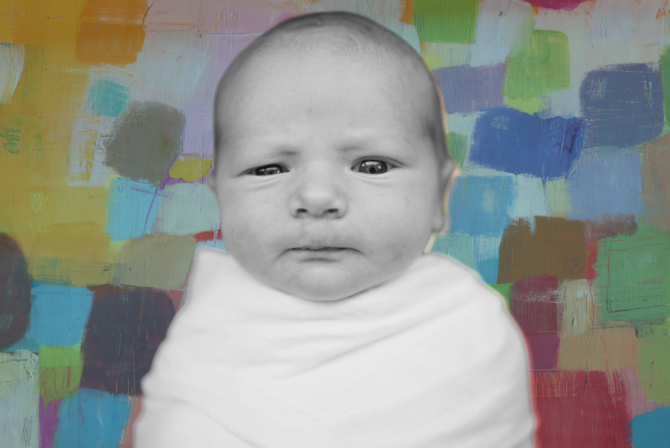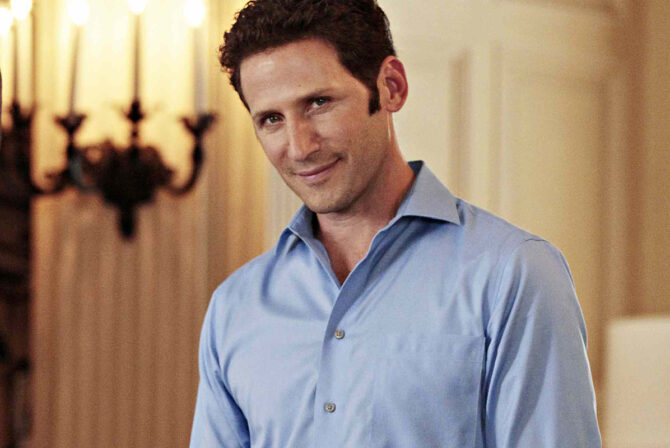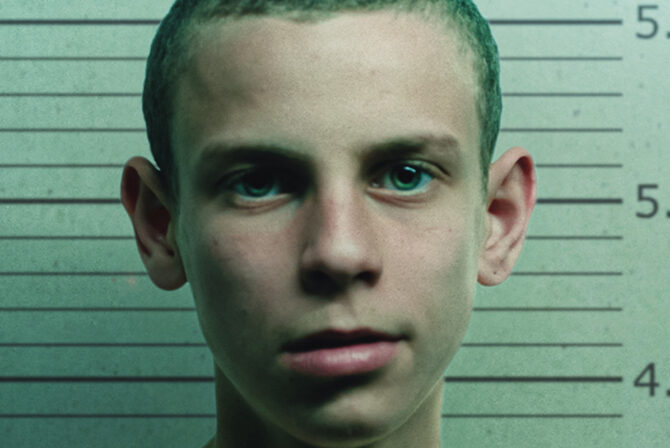Like most every kid who has siblings, I had a contentious relationship with my oldest brother. We are six years apart, which, during childhood, is a huge gulf.
My brother, let’s call him “Bob,” became the black sheep of our Jewish blue collar family by the time he was 3. Through no fault of his own, this poor little boy got blamed for everything, so it’s no surprise that he saw a psychiatrist before he saw a kindergarten teacher. It’s also no surprise that he became an offender too, lashing out at everybody who got in his way.
More often than not, that meant me.
Having another brother between us did not serve as a buffer. In our 50s and 60s now, my brother and I are able to talk at length and even laugh a bit about of our childhood, but some memories are not so easily forgotten.
As the youngest child and the only girl, my weaknesses, both physical and emotional, were impossible to hide. Bob was bigger, stronger, smarter, and cleverer. Most of all, he was angry.
Looking back, I think who could blame him? Although he didn’t yet have the vocabulary to articulate what he felt, and because it was the 1960s, a time when nobody, especially Jews, talked about what happened behind closed doors (and are we any better now?), he knew intuitively that he had been made into the scapegoat, the object of our parent’s shortcomings, insecurities, and feelings of being “less” than all of our other doctor, lawyer, and suburban-living relatives.
Sometimes, it was typical sibling stuff: I was spooked from every possible corner in our apartment and tickle tortured unmercifully (in all fairness, that in-between brother was a party to that). Sometimes it reflected deeper anger: I was slapped to the point of handprints on my body (a love tap, my mother called it. Denial much?); left hanging from the crown molding that encased the bedroom doors in our tenement apartment in the Bronx; and nearly smothered by a pillow held over my face.
But in the midst of all of his rage and acting out, there was always this uncanny soft side to Bob. After being thrown out of our familial home at age 17 or 18, mostly so the neighbors would stop talking about the police showing up to our apartment, he would occasionally visit and bring me a gift: a Venus Paradise Color by Number Set. It doesn’t get much simpler than this activity. Animals, gardens, and every kind of ‘scape—landscape, moonscape, cityscape—began as pen-and-ink-type templates. Completing the coloring was like drawing a puzzle, matching the numbers on each section of the picture with the colored pencils included in the box. Some were large areas like the base of a tree; others, like its tiny leaves, were almost indistinguishable.
I would sit for hours with each set, immersing myself in the detail, escaping the chaos beyond my bedroom door that re-emerged when Bob visited. A dozen or so as yet undrawn masterpieces came in each shrink-wrapped box and I completed every single one from every single box that he ever brought me.
Bob gave that gift because, perhaps unconsciously, he understood the soothing power of art. He created a cartoon series, painted several pieces (one that hangs in my home), and these days, writes poetry and song lyrics. Such a gentle, loving, and creative soul was trapped in circumstances beyond his control. I realize now that those Color by Number Sets were glimpses into who Bob really was, not what the cruel world made of him—that his true neshama (spirit/light) refused to be fully extinguished.
Today, my beloved brother is also a constant reminder to me that not only is change possible—but change really, truly, deeply happens. Our families of origin do not determine our destinies and they need not be a permanent storage place for our painful secrets and our shame. In fact, it’s just the opposite. Because he blew the lid off of our family’s pressure cooker of dysfunction, Bob no longer falls victim to the unfairness of his youth. He returned to his authentic self and has given to the world a hundred times more than it ever gave him.
You could say he is like one of those Color by Number pictures: a blank slate of one dimensional black and white pieces who came alive as he welcomed color and depth into his life— and, in turn, the lives of so many others, like mine.







